8 Tips for Quilting with Chronic Pain and Illness: Advice from an Expert
Here on the blog and in the Suzy Quilts Patterns Facebook group we’ve heard from quilters around the world who have one question—what advice do we have for quilters with chronic pain and illness? Quilting is our passion, and it can cause frustration when pain makes it challenging. That’s why we are thrilled to bring you 8 tips on quilting with chronic pain and illness!
Our guest contributor and expert Jenni Grover is a creativity coach with a focus on resilience. Jenni lives with multiple chronic illnesses and chronic pain diagnoses, but that didn't stop her from learning to quilt seven years ago. She is also a Past President of the Chicago Modern Quilt Guild, and a freelance quilt journalist whose writing has appeared in several quilt magazines.
Jenni’s book, ChronicBabe 101: How to Craft an Incredible Life Beyond Illness, explores the intersection of her passions and expertise, and she has even more resources on her website. Today, she will share 8 tips about a topic that’s important to so many of you—advice to make quilting easier and more accessible to people with chronic pain and illness.
Keep reading for Jenni’s tips, tricks, and product recommendations! And make sure to let us know in the comments if you’d like to see more posts like this in the future!
The photo above was taken by Amy Boyle Photography.
Trending patterns!
You Might Also Like...
8 Tips for Quilting with Chronic Pain and Illness
Spend enough time with quilters and you’ll learn to spot the ones with chronic pain or illness. They bring ergonomic chairs to retreat, they take lots of self-care breaks, and they have a hack for everything.
A few weeks ago, Suzy opened a thread in the Suzy Quilts Patterns Facebook group about this topic. After dozens of you offered advice for quilting with chronic pain and illness, the SQ Team knew it was time for a deep dive! Here are my 8 best tips to help quilters with chronic pain and illness thrive.
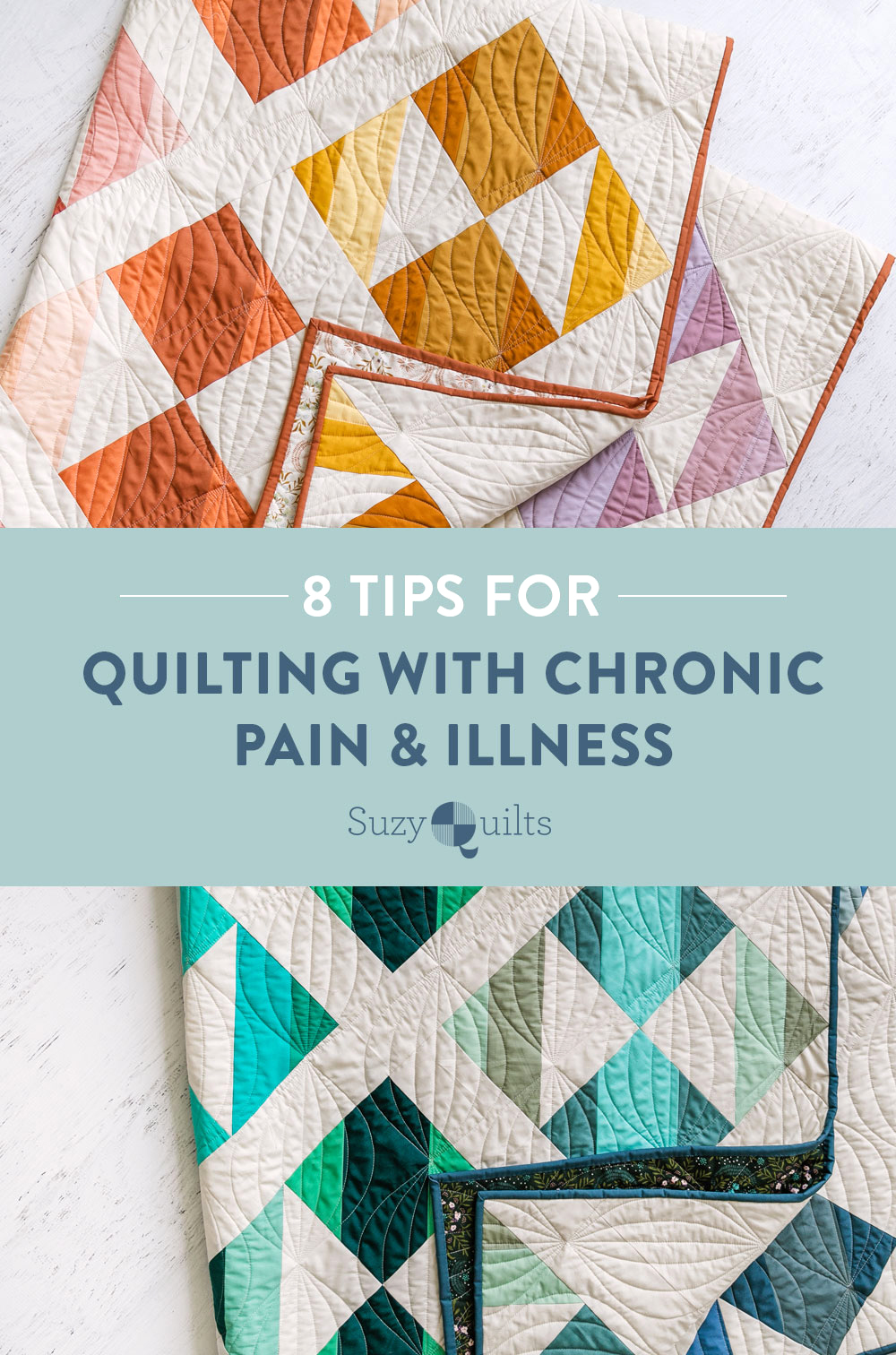
The pattern above is the New Horizons quilt pattern, available in the Pattern Shop on June 11!
Tip #1: Your Mindset Matters
I was diagnosed at 25 with fibromyalgia, asthma, anxiety and a handful of other conditions. Now, at 48, I’ve been quilting for 7 years and I’ve never known what it’s like to not quilt this way.
My best advice: Your mindset determines your success. Quilting with chronic pain and illness may take some adjustment but it is entirely possible. Don’t focus on what you can’t do or how you used to do things. Instead, experiment and stay open to possibilities.
Tip #2: Pace Yourself
Pacing your tasks helps conserve energy and reduce repetitive stress injuries. When planning a quilt or fabric shopping on my laptop, I use the BreakTime app to enforce periodic breaks. (Similar apps are available for different phones and tablets.) When cutting, pressing and sewing, I set timers on my phone. Even a simple kitchen timer works.
How often and for how long you pace is up to you. I take a two-minute break every 20 minutes spent on my laptop; when sewing, I set 30-minute timers and switch between different tasks or take breaks. Consistent pacing pays off.
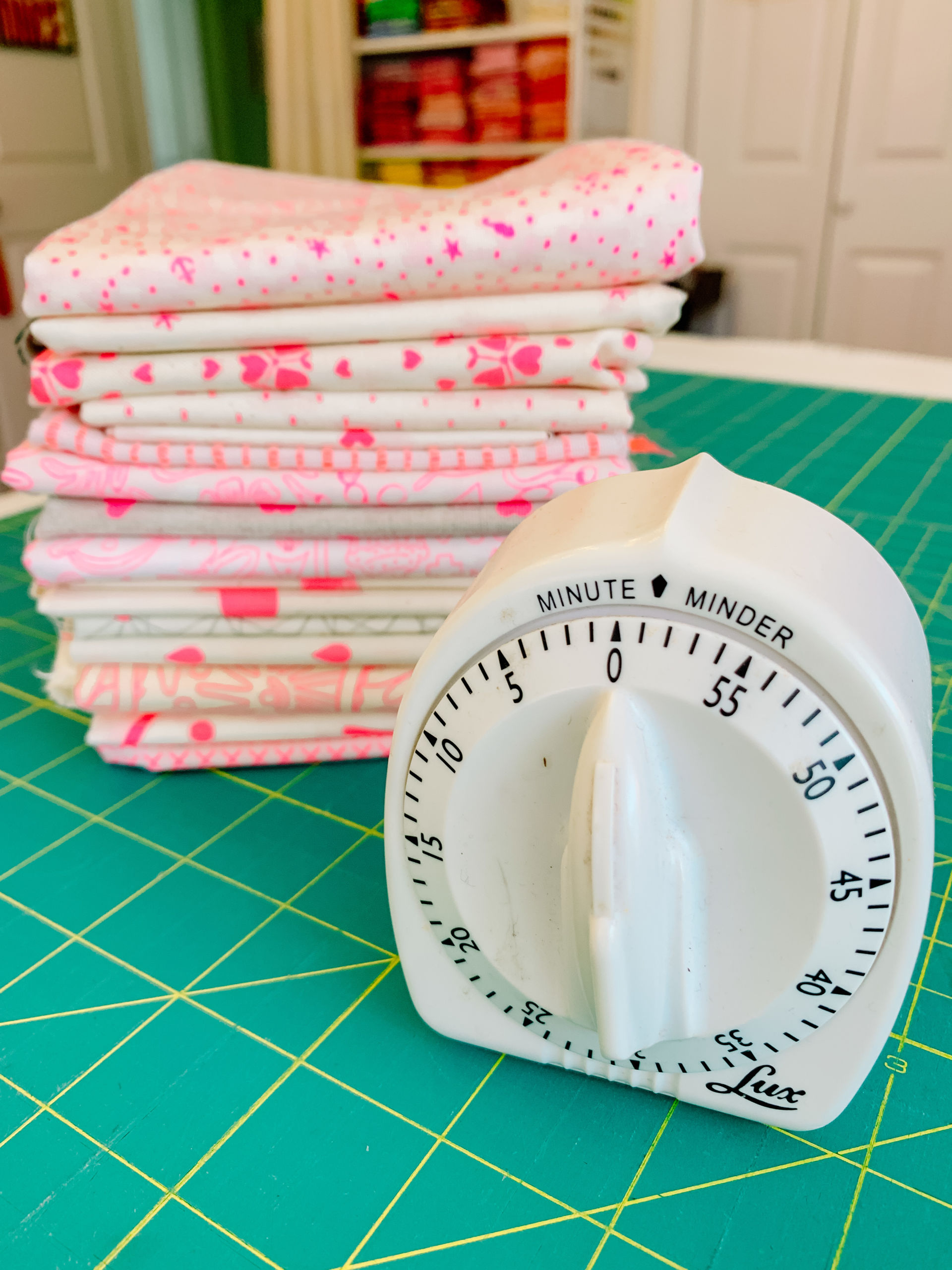
Tip #3: Make Eye Health a Priority
You’ve got to take care of those peepers! There’s no substitute for working in natural daylight, but LED lights that attach to your sewing machine or clamp onto a work table make evening sewing possible and minimize eye strain.
And if you’re quilting with chronic pain and illness, treat yourself to a needle threader. I’m fond of this threader but classic metal threaders work fine, too. If possible, invest in a sewing machine with an automatic threader. A magnifying glass can also come in handy!
Tip #4: Find the Right Iron for You
Test drive your friends’ irons to find the one that feels best. My favorite: the Oliso SmartIron. A gift from my mother-in-law (who also thrived despite chronic pain). Its iTouch technology eliminates the need to tilt the iron and triples the amount of time I can press fabric before my arm starts to hurt. I also alternate arms frequently to reduce fatigue.
I’m a big fan of mini irons for days when pain and fatigue are high. Consider adding a small pressing station next to your sewing machine to minimize trips to the ironing board.
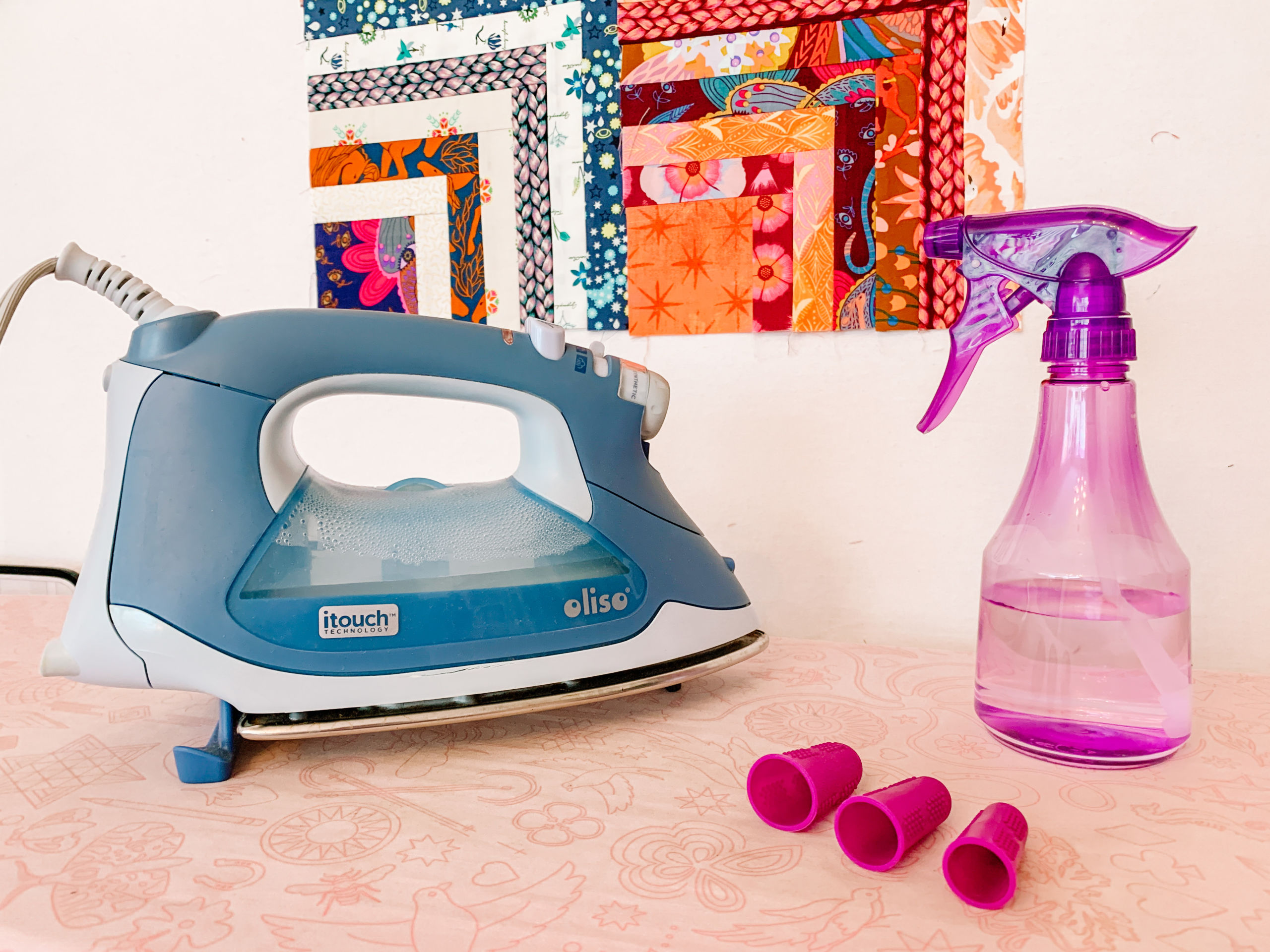
Tip #5: Ergonomic Cutting is a Must
A raised table with adjustable legs (mine is from Ikea) allows you to cut at a healthy height, reducing arm and back strain. I stand on a GelPro chef’s mat to reduce foot, leg and back pain.
On the table itself, my Gypsy Gripper helps me cut with less pressure on my wrists...and makes people giggle. Likewise, my O’Lipfa lip edge ruler keeps things straight and reduces arm strain.
When it comes to choosing a rotary cutter, there are many ergonomically friendly options. (I could write a whole post on them!) Community members recommend spring-loaded scissors and Martellli tools, and while I’m going to check those out, my current favorite is my classic Olfa cutter, which just goes to show there’s no “right” way to cut. Find the tool that feels best for you.
A guild-mate whose asthma is more severe than mine learned during the pandemic that wearing a mask while cutting lots of fabric reduces the microscopic fibers she inhales, causing fewer breathing issues. Live and learn!
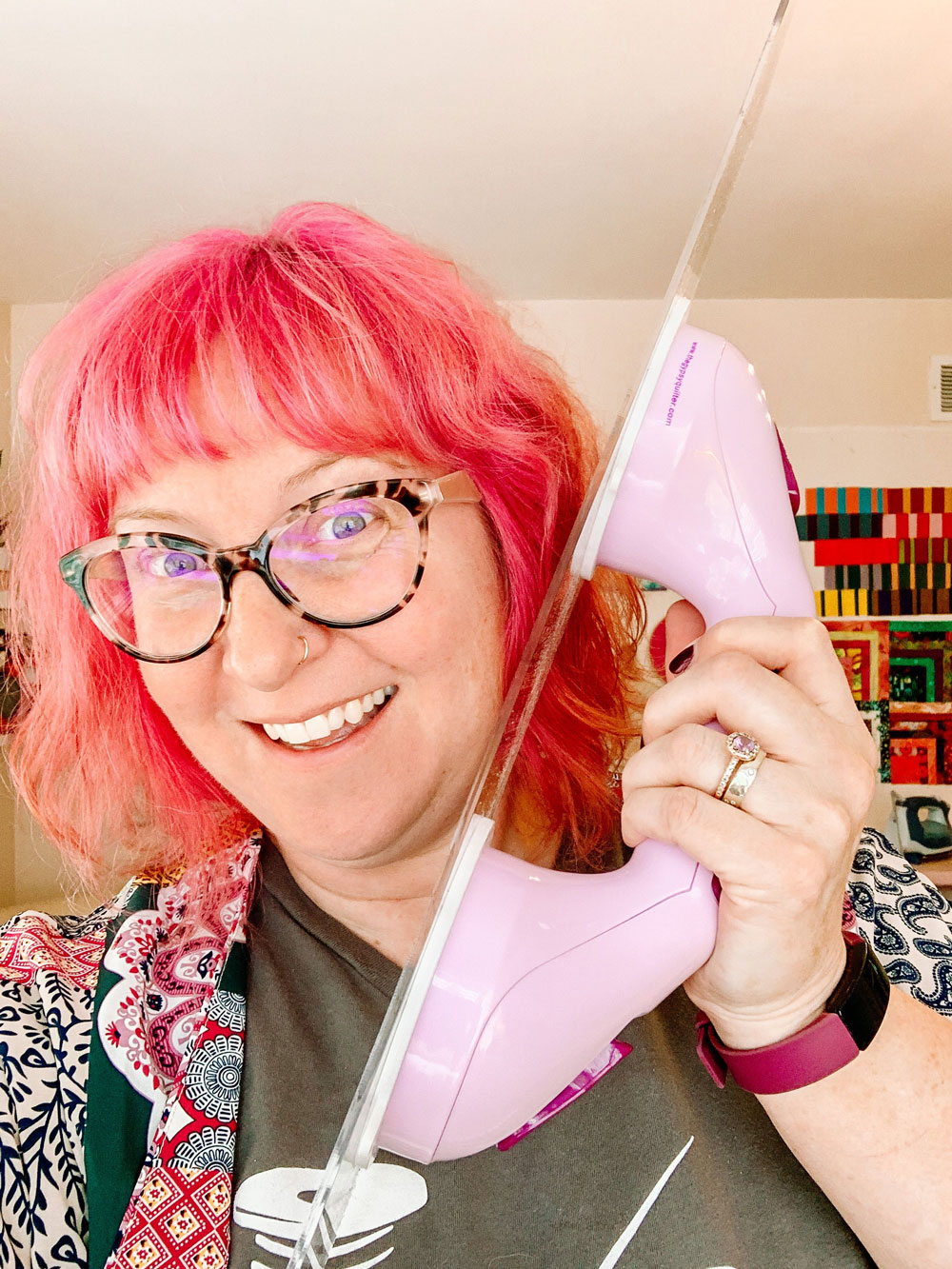
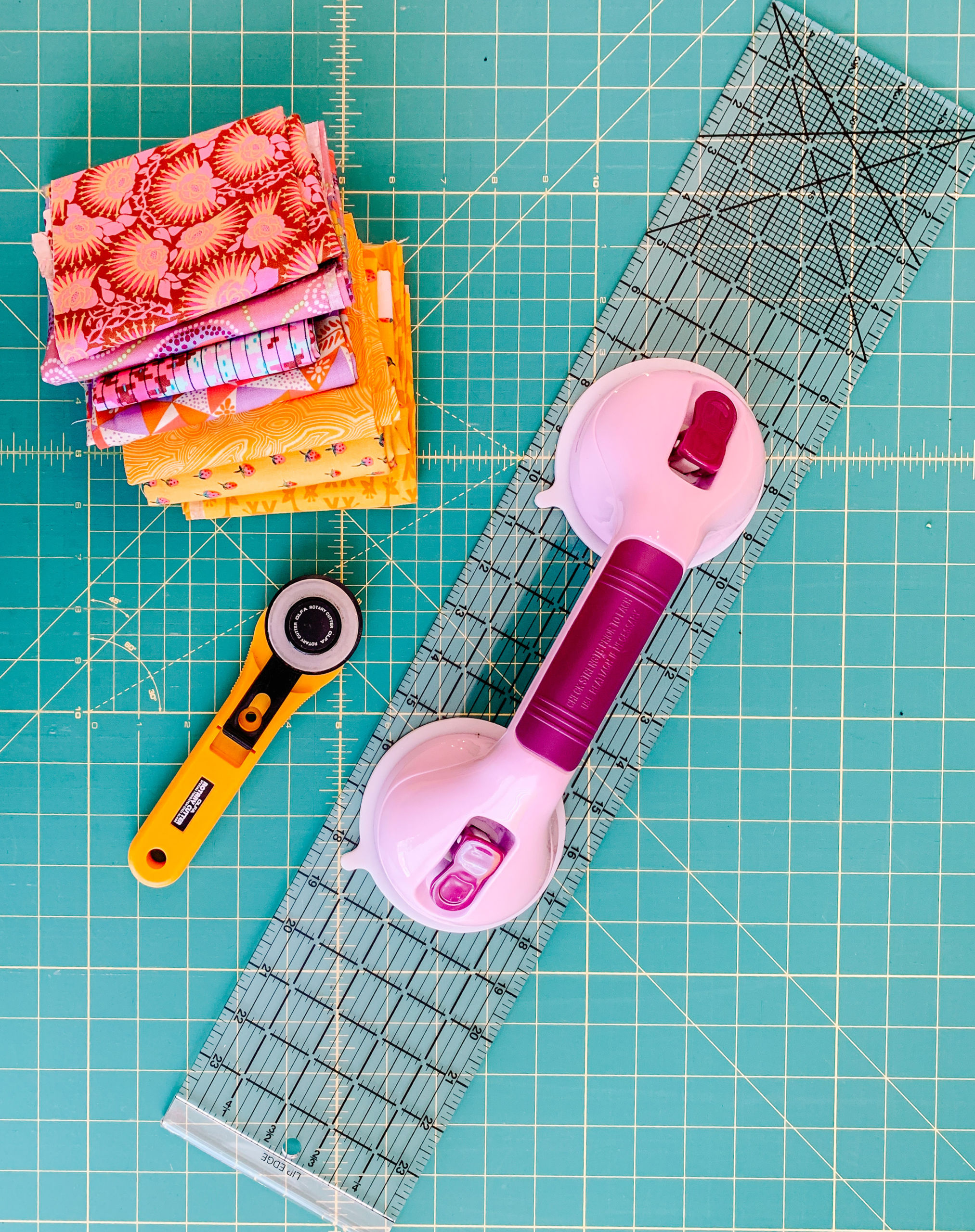
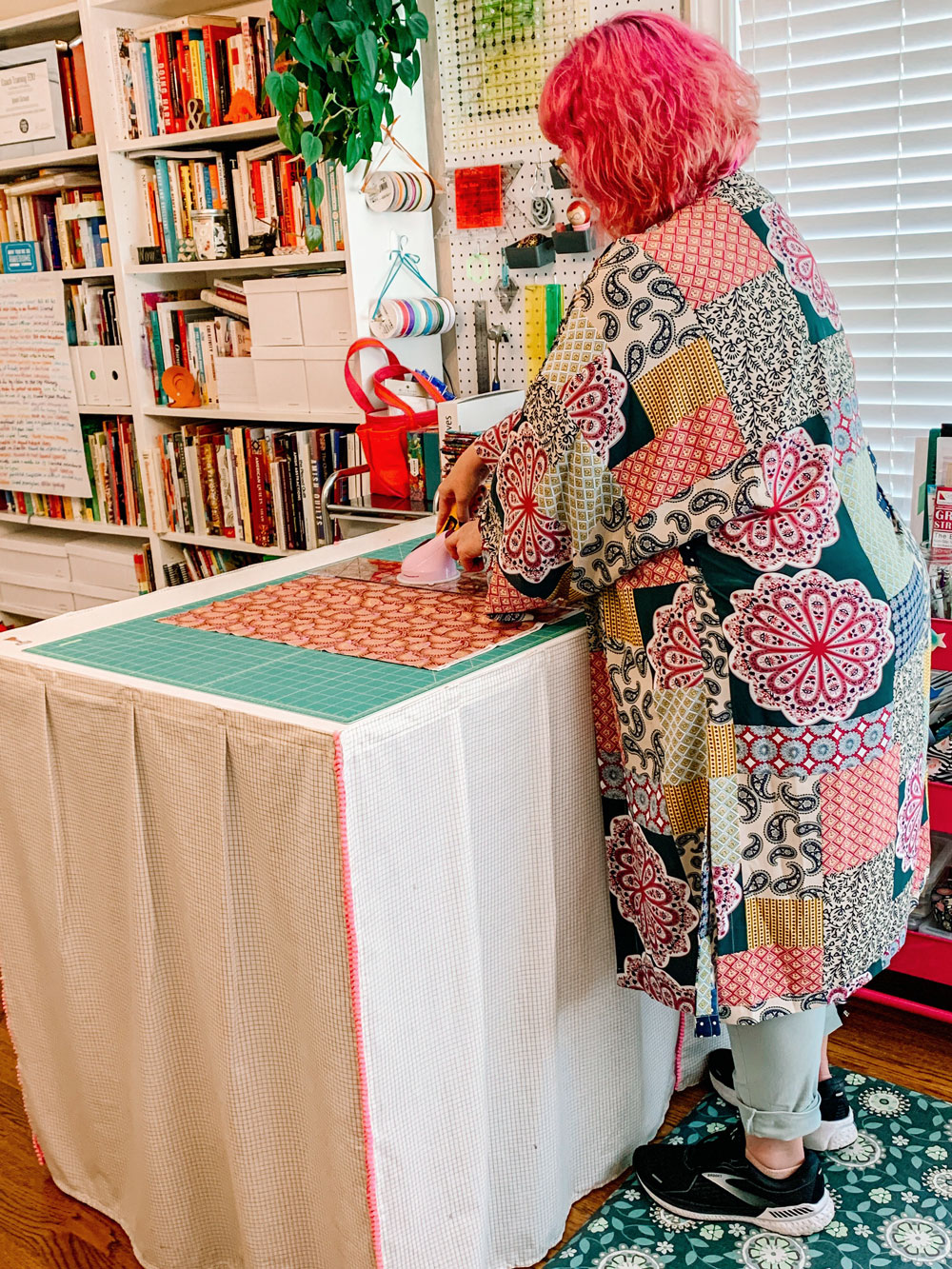
Tip #6: Get Helpful Sewing Machine Tools
For machine sewing ergonomics, I admit I got professional help. Working from photos, my occupational therapist advised me on table height, chair height, and more. Don’t be shy about seeking help!
Start with a supportive chair and position your sewing machine so you’re gently gazing down at it (as opposed to staring horizontally). Try a book or box to elevate your foot pedal, and keep it steady with a rug gripper underneath. Sewing machines with a start/stop button can eliminate the need for a foot pedal completely.
Pacing really matters when machine quilting. Grippy gloves reduce arm strain, and positioning your machine on or next to a long table means you can offload a lot of the quilt’s weight. This is good for your body and improves your stitching!
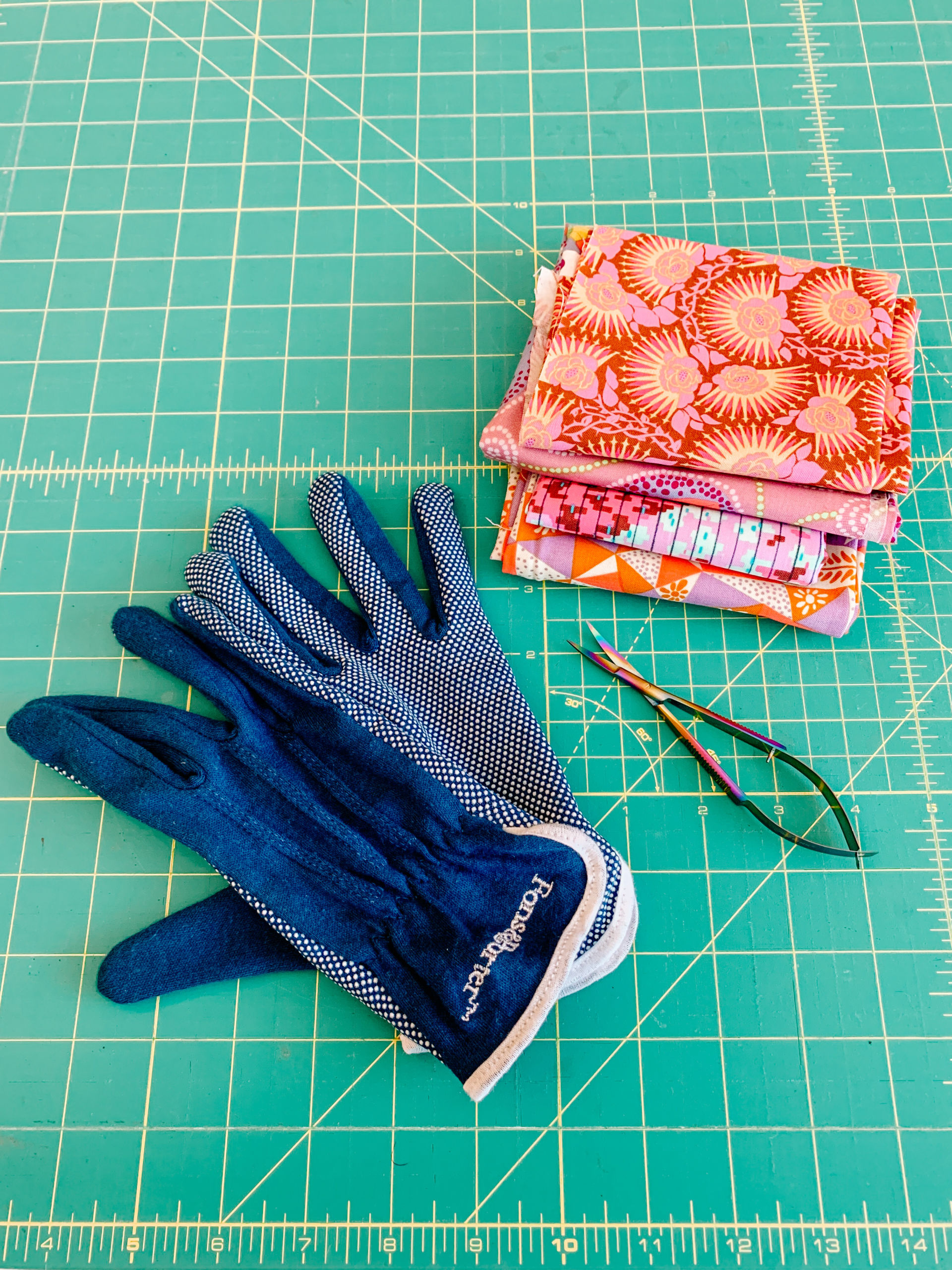
Tip #7: Know Your Quilt Basting Options
Many quilters who struggle to crawl around on the floor find spray basting a much quicker, less physically demanding way to baste a quilt. Suzy’s advice on spray basting includes the option to use a design wall.
For small projects, I love Clover Wonder Pins (pricey but worth it for the pain relief). If you know someone with big tables, you can spread out and baste at a healthier height. You might even consider hiring a long-arm quilter to baste your quilts. Check out these helpful posts for more information on hiring a longarm quilter.
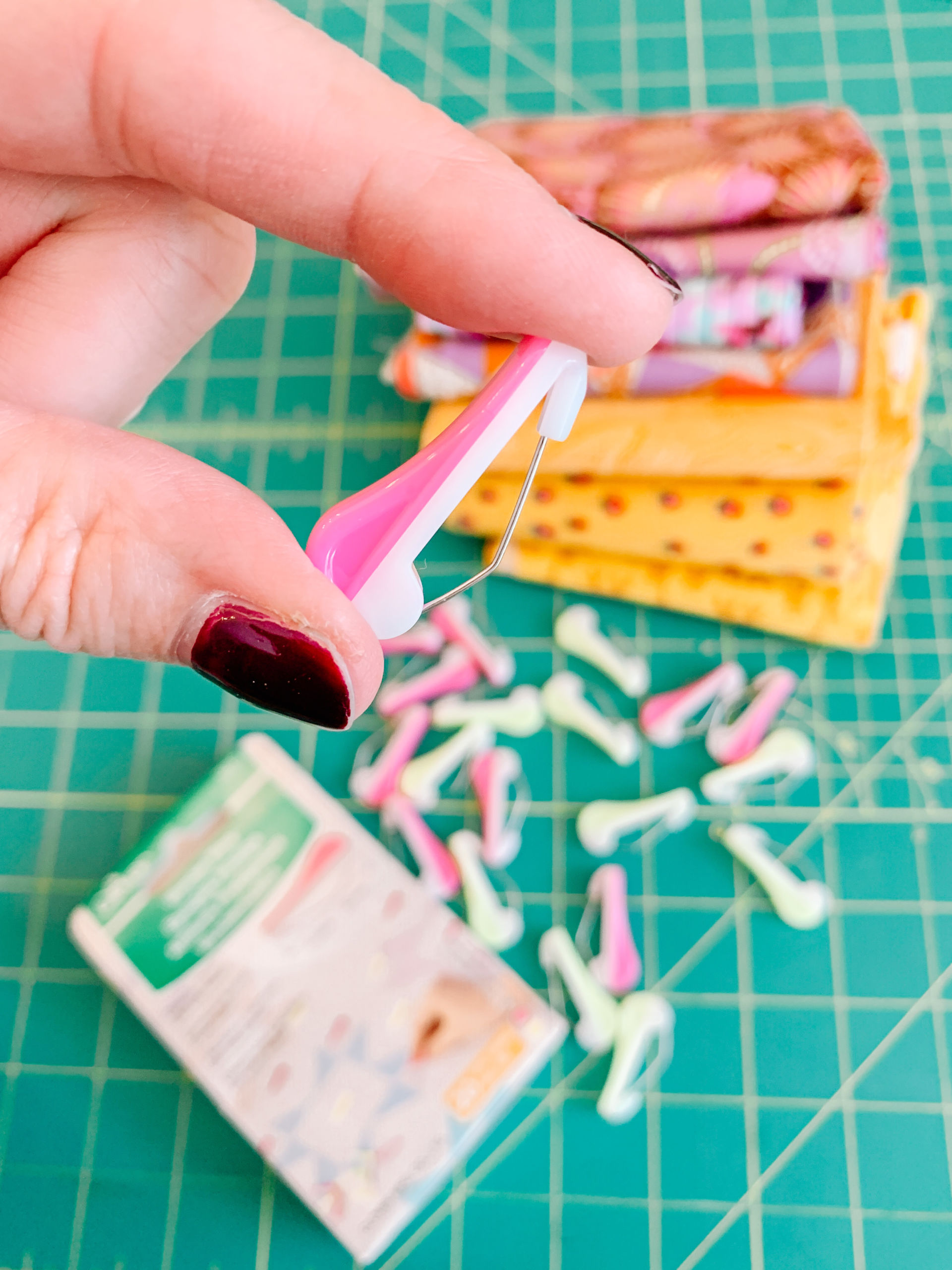
Tip #8: Find Some Community Support
It’s easy to feel alone when you’re quilting with chronic pain and illness. Seek support in your quilting community! It’s fun to invite a friend over to baste a quilt, borrow someone’s die-cutting machine, or even take pacing breaks together at retreats.
My pal Heidi is a quilter and yoga instructor, and I’ve learned lots of hand yoga tricks from her. Suzy Quilts team member Laura is a friend and guild-mate who introduced me to the Tula Pink snips that save me from lots of hand pain. And Tracy, my friend and editor at Quiltmaker magazine, sent me a copy of Sew Healthy & Happy: Smart Ergonomics, Stretches & More for Makers by Rose Parr.
All this is to say if you’re struggling, chances are you know someone who’s found a trick that gives them relief. You don’t have to do this alone.
Next Steps for Quilting with Chronic Pain and Illness
Whew! We covered a lot of ground, and I barely scratched the surface. What tips, tricks, and tools keep you quilting pain free? Hop in to the comments and share what works. And let us know what quilting with chronic pain and illness topics you’d like us to cover in future blog posts!
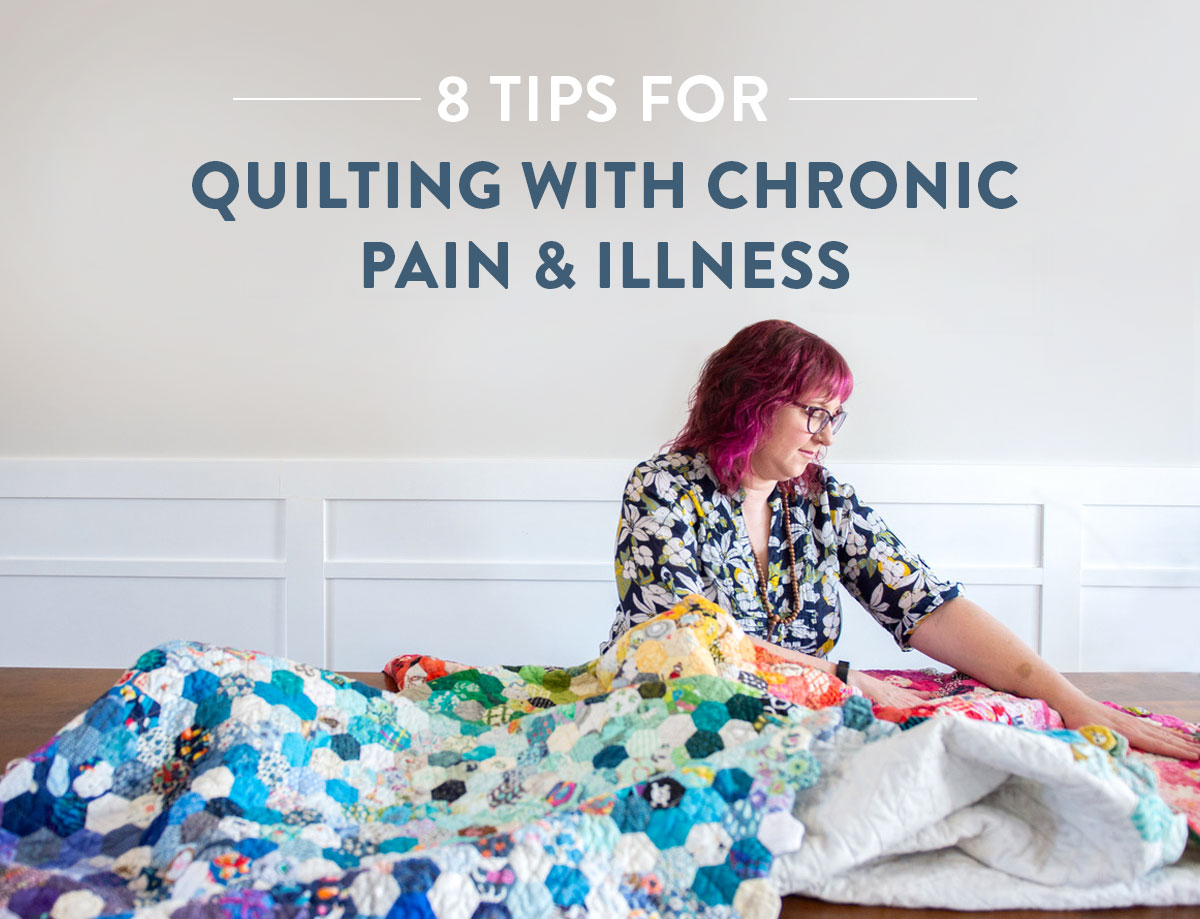
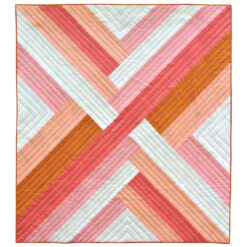
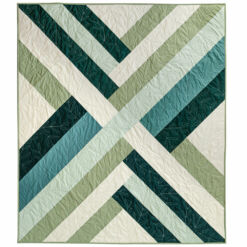
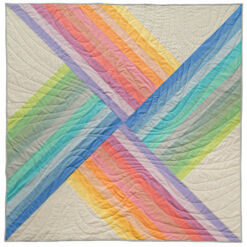
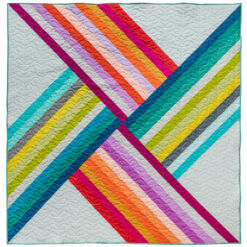
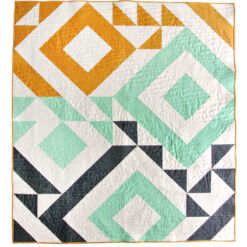
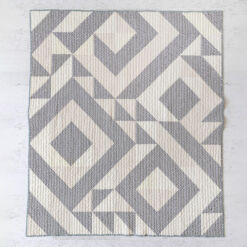
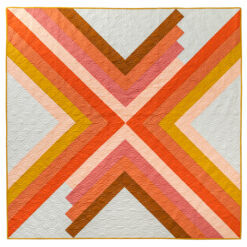
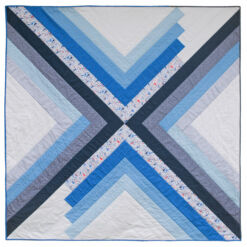
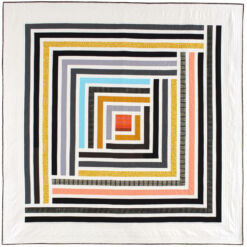
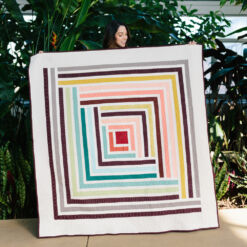
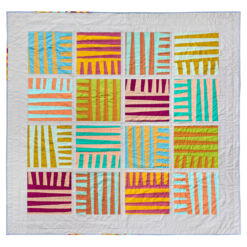
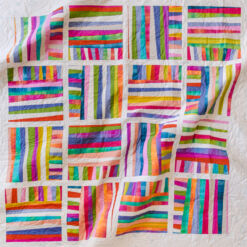
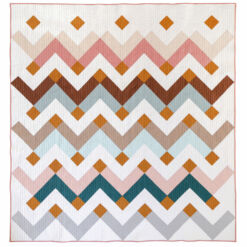
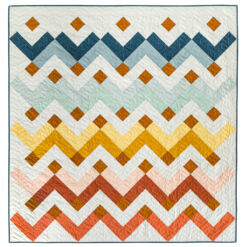
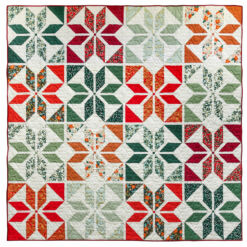
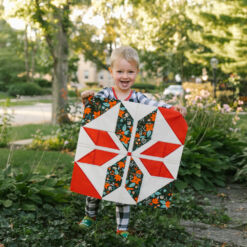
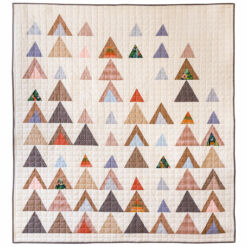
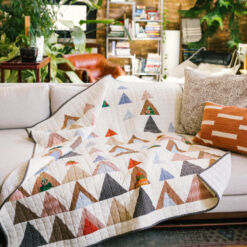

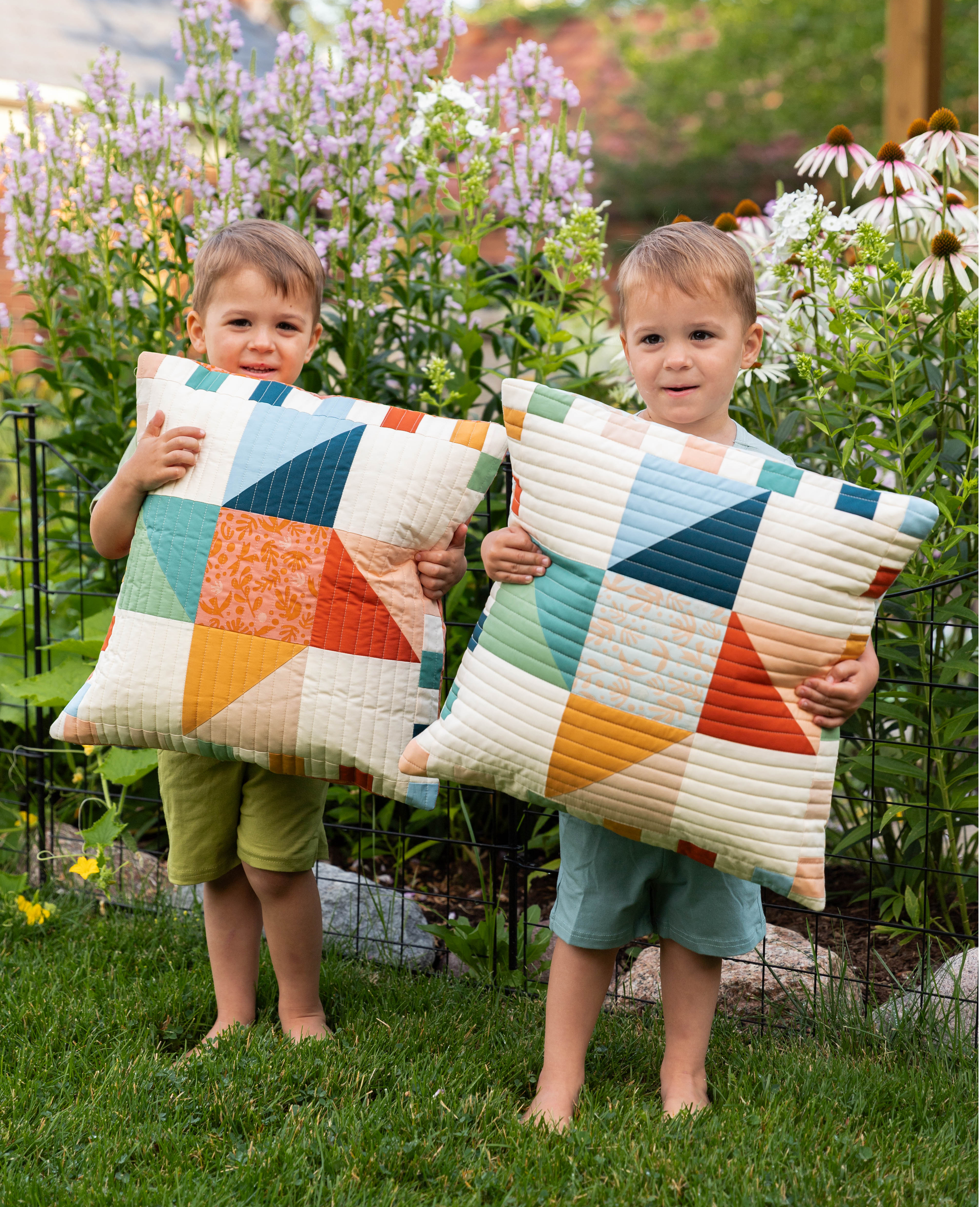

Electric adjustable table table from Ikea is the best, when friends come to quilt it is easily adjusted for them, not cheap but on sale sometimes but worth every penny
ah i would have loved to get this table as my cutting table, so i could also adjust it for other purposes – didn’t realize it was an option! thank you for mentioning it, nancy.
Gently yoga (there are lots of free ones on you tube) are amazing
I do neck stretches and hip openers. Now after 4=years,I’m doing so much better with back and neck issues,
It’s important to stretch and strengthen core muscles to ge able to quilt in co fort and for longer periods of time
I had to stop basting on the floor. It was a killer for my back. I use to large folding tables and put them on risers ❤️
cecilia, great advice. i also do yoga every single day, and have since i was diagnosed with fibromyalgia almost (gasp!) 25 years ago. on the rare day i skip it, i feel so much less nimble, so much more limited. a great resource for hand yoga is heidi parkes’s youtube channel: https://www.youtube.com/channel/UCa5hMffhvnp2utY_w9J0WfQ
I love that quilt pattern in the title. When will it be available?
That’s New Horizons, June 11, 2021
I have spring loaded scissors. (FRISKARS) I love them, had them for years. They are my go to scissors. I also have the Olfa ergonomic cutter, ergonomic chair. My husband made my cutting table about 30 yrs ago from a pattern we found, it’s 36″ high. Now it is a little too high since I’ve lost 2″ in height due to chronic spinal and neck problems.
What I need is something to hold me up straight since I tend to be bent over especially on bad days.
I hope this helps other quilters. (I think I still have the pattern for the table) My husband wanted to make me a new one the winter that he past, but I said no because I love this table.
Get your husband to cut two inches off the legs then you still have the same table
ah was it you who mentioned those scissors in the facebook conversation? i had never heard of those and i really appreciate knowing about them, thank you!
Quilters Select rulers are the best. They do not slip! I use them on my regular cutting mat.
Thanks so much for addressing the “chronic pain & quilting” issues. I have had neuropathy due to permanent nerve damage in my feet since 2004 & started quilting in 2012. The symptoms of my neuropathy are terrible pain & burning. My medications help some but I must pace myself in most physical activities. The worse thing for me is standing in the same position for too long, so anything I can do sitting down is very beneficial. Again, thanks so much for touching on this subject.
pacing is fantastic – can really do wonders for our bodies. (and our minds!) i’m so glad you reinforced that idea, and that it helps you. i’m thankful suzy is providing a place for us to have this important conversation!
I also struggle from neuropathy and for me it’s my arms falling asleep. Just commenting to say: I understand.
Brilliant article, feeling alone with chronic pain is hell. Thanks for the tips have learnt something. I finally saved up and invested in Accuquilt Go cutter. Makes cutting out a breeze, while sitting in comfort. Now off to adjust the height of my lovely sewing machine.
Living with chronic pain is awful and feeling alone in that is even worse! I hope this article helped and you feel more connected to others in the quilting community 🙂
ah christina, i’m so glad this was helpful for you. when i first developed chronic pain and illness, i felt so freakin’ alone – especially because i was only 25 and all the support groups i tried were really terrible – they would say “you’re too young to actually have fibromyalgia” or “you look too good to be sick” and it was terrible. building my own community really made a huge difference (i did advocacy work for 15 years as ChronicBabe online) and by building community, i felt like i had so much support. i hope you can find more community for yourself, too! love that you’re here for this conversation.
Lots of great tips Jenni! Slow and steady wins the race!
thanks so much, rose! indeed. happy sewing!
RA/fibro warrior here:
Stick-on velcro dots on the bottoms of rulers helps make them stay put.
Found some thin rubber door stops to prop up the back of my machine so it’s about 1/2 inch higher than the front – it’s helped to alleviate some of my shoulder/neck strain.
Put my ironing board on the opposite end of the room so I have to get up and walk to it – helps to alleviate hip/lower back stiffness.
Also a RA & Fibro warrior here! I too have my room set up to get up to iron, walk to the cutting board, then walk back to sew. I found breaking up the functions physically allows more quilting to get done even though it’s less efficient because it keeps me functioning better, longer. Also having a machine with a laser means I don’t have to draw lines for stitch and flip requirements. I have an auto thread cutter and needle threader, as well as automatic needle down/foot up for adding leaders/Enders or pivoting a curved seem. My new sewing machine made sewing joyful again! There are ways to make sewing happen and gladyouv3 found ways too!
yay team!! laurie, i also try to break up my tasks – it’s a way to pace myself. so i also don’t mind getting up many times to press at the ironing board. i’m glad you mentioned the benefit of that approach! i keep the tiny pressing station next to my machine mostly for things like log cabins or quilt-as-you-go things.
ah mea, team fibro in the house!!! i love that you added your advice here about elevating the back of your machine – such an interesting and helpful idea. (i think you mentioned that in the fb group too?) so glad you’re finding ways to get relief, and sharing your tips here to build community!
What type of ergonomic chair do you use. One of our quilters recommended a bungee chair but they are not adjustable, are they?
hi nancy, thanks for that question! chairs are SO personal – i think it’s important to try them out before you buy one if you can. mine is 22 years old LOL – from the relax the back store (they have both online and in-person shops around the country). i’ve been looking for a new chair to bring to retreats, so i plan to try out all of my friends’ chairs over the next month or so and see if i can find one i like.
Thanks for all the feedback,and for making a difference in the life of others and mine.
aw ursula, you’re so welcome. i’ve benefited so much from people sharing their experiences, and it’s an honor to return the favor. happy sewing!
Thank you so much for the wonderful tips
I am on crutches and have nerve pain and it is sometimes a really struggle
to do quilting as I can stand for long and have had to learn to use my left foot
to push the foot on the machine, but with your great tips I am sure that I will be
able to do quilting a lot better
Thanks so much
julie, i’m so glad you have found ways to adapt! i have also, in a pinch, put my machine on my kitchen counter so i could stand and sew at the machine. and i also try to mix up which foot i use on the pedal, which helps with managing fatigue. so many good ideas here – thanks for being part of this discussion.
Thank you Suzy for this article. I have been quilting through chronic pain since before you were born. I’ve learned not to do certain tasks when I’m in pain. There’s no rush. I pay to have my quilts quilted. I’ve learned to put my husband to work cutting at times. He’s not too eager tho so I save him for important cuts.
yay for delegation, sandy! 🙂
My PR gave me a SILOC belt, it has helped tons. I make sure to pace myself, I try to be kind to myself also. It’s okay if I can’t cut those today, instead I’ll sew with crumbs. That kind of thing.
sammi! that advice about being kind to yourself is GOLD. just perfect. so many of us put too much pressure on ourselves and it can lead to stress, pain, anxiety… when some kindness and self-compassion can really help us so much more. thank you for being part of this conversation! (also gotta check out the siloc belt!)
This article is extremely detailed and right on point! One trick that works for my arthritic pain in my hands is to wear compression gloves, the finger tip less type for regular sewing. My favorite and most recent gloves are Hempvana at Walgreens. Pacing myself with a new project I cut fabric then rest a day, then sew one block a week usually and no more than two or three projects at a time. Thank you for this article was very helpful. Happy stitches to all
yay kimberly! compression gloves are a great idea, i forgot to mention them so i’m glad you’re here to pick up my slack 😉 and yay for pacing! makes a huge difference. happy sewing to you!
I’ve been sewing with the start/stop button since I started quilting 5 years ago – I’ve never even taken the foot pedal out of the box! And I’ve quilted king-sized quilts this way too! Thanks for mentioning this hack.
Rubber grips on the bottom of rulers are also a must – after one trip to Urgent Care I now have them on all of my rulers plus a big Gypsy Gripper for my 6″ x 24″ ruler too!
ah thank you for sharing that advice about rubber grips on the bottoms of rulers – that’s a relatively new one for me, and it’s helping a lot, especially when i have wrist pain. (although in high pain days, i just skip it and wait til things calm down – better to wait than cut the tip of a finger off!) glad you’re here 🙂
Thank you so much for this article. It has been extremely helpful and given me some great ideas to put into practice.
awesome, karen! please come back and tell us how they worked for you, if you’re able. always good to hear feedback from folks.
My husband purchased an inexpensive table at a thrift store for my sewing table – but it made the machine too high for me to work comfortably. So, he cut a machine-sized hole in the table and built a platform for the machine to sit on. Now the machine bed is level with the table top and there’s less “drag” on the quilt, especially when I’m quilting.
jannette, i love this hack! my machine came with a table that it sets into so i get the same effect – it has made a big difference for me. there are so many handy spouses on this post’s comments – i also love how supportive they are, that is vital to living well with chronic pain and illness. yay!
Osteoarthritis… I have a large quilt that I decided to hand quilt during the pandemic as all the long arm people nearby were booked up. So I asked my long arm friend to do the sandwich for me (spray glued) and then I started quilting in January. I got a used hoop with floor stand from a Guild member and that has been good for all of the middle. I time myself to about 30 minutes a day, which I figure is 3 lengths of thread. I am very proud to say that I about now about 80% done with the quilting and so happy and proud that I found a way to do it myself!
wow, susan! a testament to adaptability and pacing. i love love love this. thank you, and congratulations!
I recently fell into a delightful Accuquilt hole, and a lot of folks who have one find it much easier to cut out shapes with the machine rather than a rotary cutter or scissors. Definitely not cheap, but I’ve been able to make lots of designer patterns (like yours!) using their basic shapes
ariel, that’s great to hear! i have a coaching client right now who is starting to use an accuquilt and it has intrigued me. i might need to ask santa for one 😉 because they ARE pricey. but by all accounts, well worth it. glad it’s working for you!
Definitely wait for a good sale! It might also be worth it to spring for the electric version (the Go! Big) since with it you don’t even have to turn a crank.
Thank you for the article and interactions, Jenni!
thanks, ariel, that’s helpful! if i do it i’m definitely going electric. gonna have to keep my eye out for sales now…
Thank you so much for addressing this Topic. I’m also a fibromyalgia survivor in addition to suffering from other chronic maladies. I often just have enough energy to work my nursing job but I’m craving to see but afraid of the pain it causes me
ah carmen, big hugs. team fibro in the house! i totally relate to your experience. when i started, it flared me up to sew for more than an hour. so i learned to start slow slow slow. just 30 minutes a day, or even less. eventually i was able to build up my stamina some, and i hope you can do the same! but remember it’s not a race. even if you just sew for 10 minutes a day, you’re using your creativity. wishing you so much happy sewing!
Game changer for me and hip issues/low back was a pair yoga blocks in use while I’m sewing. Suggested by my Chiropractor. One for my right foot, turned horizontally like a brick on a house, to keep my heel on while using the foot controller with the ball of my foot. Left foot is completely on the second yoga block that is vertical. Now my hips are level while sitting, knees are 90 degrees and nothing hurts!
oh! oh allison! this is great advice, i am going to try this today! let’s all give a big hand for creative health care practitioners with advice like this. i’m so glad you’re getting relief from it!
More advice from Jenni, please!! I would love to know what features I should look for when buying a new sewing machine. I am not even sure what’s out there now, since I’ve had mine for 15+ years and it’s just a basic non-computerized Janome. Thanks Jenni!
aw yay, peggy! thank you. that’s a great idea – machine round-up with all kinds of features that can help us manage pain. i might even bring in my occupational therapist for some guidance – i bet she has more ideas than when i showed her my original (small, old, mechanical, feature-less) machine.
Jenni – you’re the best!! Fellow chronic pain quilters – I highly recommend hiring Jenni for some creativity coaching and to learn how to hang on to your creative side thru the pain. She’s awesome! (And no, I’m not being paid to say this! 😉
I’ve had severe spinal arthritis for many years. I get so wrapped up in my quilting passion that I don’t quit until it hurts to breathe–then I can’t sew for several days (or even weeks). Now I set a timer for 30 minutes of sewing each day. When it goes off, I turn the machine off and quit. I find that I not only hurt less, I actually get more accomplished than I used to, because pain increased the number of mistakes I made.
team timer! yes! i love that you’re using this pacing technique, anna. and to add to the benefit of being able to accomplishment more, i want to emphasize that you’re also *in less pain* which is really the most important thing. when we slow/stop the pain reaction, we teach our bodies that less pain is possible, and we begin to stop the progression of pain. i love that you shared your experience – thank you!
Found that using a holder designed for drink cans great for smaller rulers,like your big handle only smaller,I always wear a pressure bandage when cutting and pace my cutting not the whole quilt at once so much per day,work at it like a mystery quilt this paces each section. One of the medical tapes is clear with a rough surface I place this on the back of all my rulers and they don’t slide don’t know what it is called,but you can cover the whole length of the ruler. I agree have your cutting table at YOUR elbow height and your sewing machine at your sitting height a dinning room table does not work.
elizabeth, you’re a champion! so many great tips here. i am curious about the holder for drink cans – like a coozie? i’m so curious to understand this because i might put it into use myself. thank you!
So so grateful that you are addressing these issues. Thank you for seeing us and the challenges we face pursuing our love of quilting.
yay donna, thank you! yes this is a very important topic. glad you’re here!
Wow! It never even occurred to me to ask others how they cope with the pain. I’ve always been around other quilters that didn’t have issues, so I’ve always kept mine as hidden as I could. But these tips could absolutely be life changers! I just want to sit down and cry at the comprehension that other people are working these problems out too. I’m not the only one.
oh colleen, let’s cry together for a moment! it’s a wonderful moment when we feel seen and surrounded by support, and a nice happy cry about that is lovely. you are definitely not alone – so many of us are pursuing quilting with chronic pain and illness, and there are so many resources available. wishing you so much creativity!
I recently found this YouTube video which was incredibly helpful: https://youtu.be/RwKI-G-e05E
There’s overlap with your excellent suggestions, but one I found especially helpful was the idea of having tiered expectations. An ideal, a pretty good, a good enough. That way you can adjust your project and goals to align with what you’re capable of doing at the time, and you can still feel great about what you’ve achieved!
oh i adore this idea. thank you for introducing me to it!
I appreciate these suggestions so much! I am a fairly recent, retired dental hygienist. I knew better, but paid a price with small muscle repetitive motion. Plus long hours with no breaks doing work in remote areas with poor ergonomic equipment. It was a wonderful, passion that I had to give up for my health. Plus it bought more fabric and my sewing machines! The orthopedic surgeon could tell from my spine xrays, how I sat to work on my patients. He said I had to stop abusing my body. Now in sewing, I use my dental saddle stool on easy glide wheels for better spine/hip alignment. I got mine at a dental charity auction. They run at a pricey $900. However, it has kept me working for years. I also recently splurged on a Bernina that has many ergonomic features that have been mentioned. I have a place to stand to sew. I had my machine in a drop down cabinet for years. Kitchen table sewing on vacations is too painful. Had to modify the cabinet for my larger Bernina. I also started buying precut quilt kits from you and others. Quilt 101 IG, is an awesome mother/daughter team. The cutting can be very painful for me. These kits will keep me sewing. I worked in my grandmother’s fabric store thru high school and college. I am trying to teach my 29 grandchildren the love of sewing! I’m trying to gift each one a quilt. I tell them that their quilts are gold and made with love. Some are just simple in fabric they love. I have seen the emotional power of quilts on my medical humanitarian trips. I have delivered hundreds of quilts that others have made to brighten corners of the world. You are the others. In their huts on remote rivers in Africa, the Native villages of the Arctic, the blue tarp homes in Central America, mothers grandmothers/fathers and children. They hold the quilts to their faces to feel them as tears stream down their cheeks. It may be the most precious thing they will ever own. Quilts spread love and hope to all people. I have other health challenges as well. However, I know we can be given strength to do more if it is to bless our families and people of this planet. I had not realized so many others struggled like me to use this talent in our lives. I am grateful to each of you for sharing your inspirational information and ideas! Thank you Suzy! With babe swaddled and toddler in tow you move forward at a prudent pace! We all need to pace ourselves for our seasons in life. Happy sewing!
carla, thanks for sharing this info about your experience. i know it’s valuable to so many folks. i’m glad you’re here!
While researching a recent diagnosis of cervical (neck) arthritis/spinal stenosis/osteoarthritis somehow led me here. I’m just on the start of this journey and love these helpful tips. I have a lot of the tools mentioned but need to start a list with the timer and adjustable height table at the top. This was serendipity!
judy, i love to hear this! so glad you found us and happy to answer any further questions you have.
Hi,
I’ve been quilting for probably around eight months and I do it as much as I can depending on my energy levels because I suffer from long-term depression and since around half and year ago insomnia.
I get lower back pain very easily when I bend on my bed to lay down the pieces to figure out the pattern and when I cut and pin fabric at my table which height is 30 inches. I’ve read someone is using table raisers which I’ve checked and seem to be the most affordable way to sort out this problem, but I’m not sure about the best height to avoid this pain. Would a table that is around two inches down my waist be good enough? What are the rules for good ergonomics for this?
esther, i’m sorry i didn’t see this comment until now. i have a couple of ideas.
– table height is very personal, but i find that having my table height right at my hip works great – it means i don’t have to bend my hips or back at all to lay out things or cut fabric.
– you can use things like garden paver blocks as stabilizers under your table risers to provide more height and stability.
i hope this info isn’t too late to be helpful! all my best –
also, i will be sharing a new post later this year all about ergonomics – so stay tuned!
I have arthritis in both thumbs. Lost ability to add pressure to anything in my thumbs. Very painful. I have been quilting for 7 years and this came on in one day. I do many other crafts too. Any ideas on how to help?
ah, that sounds difficult. i’ve been there. weakness/pain in a joint or appendage can show up for many different reasons, so i can’t offer specific diagnostic-style info. but here are a few thoughts:
– take a break. as difficult as it is, stop doing your crafts for a few days – anything repetitive that you can tell contributes to the pain. instead, listen to some music, watch a movie, listen to an audiobook or podcast, watch some instructional videos on youtube. occupy yourself but give your hands much-needed rest for a few days.
– use moist heat to soothe your hand pain, perhaps through a microwavable heating pad (my fave is filled with rice) a few times a day.
– get your hands on some cbd/cannabis lotion to massage into your joints (whichever is legal in your state)
and then… talk to your doctor. ask to see an occupational therapist (OT), and show them the crafts you do, so they can help determine the specific actions that are causing your pain to flare up. at my pain clinic, i’ve brought in hand sewing to show my OT my process, and she had a ton of helpful suggestions… and then i was able to bring that info to my sewing community to find tools and strategies that worked with my OT’s advice.
wishing you less pain and best of luck!
I have developed sciatica in my left leg. Trying to figure out how to trim 300 flying geese squares before piecing. Any advice? Thank you!
hi cheryl, sorry to hear that! i recommend finding ways to do this task both standing and sitting, so you can trade off and help your body get some movement. also pacing is key – do a small chunk at a time, then something else, then come back to it. a marathon trimming session will be too hard on your body 💖 check out my recent suzy quilts blog post on time management – if you just click on my name at the top of this blog post, it will take you to a list of my articles. i hope it helps!